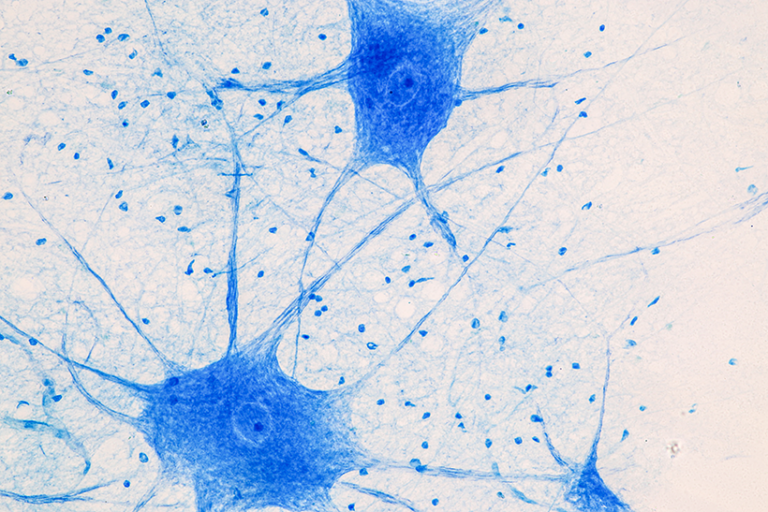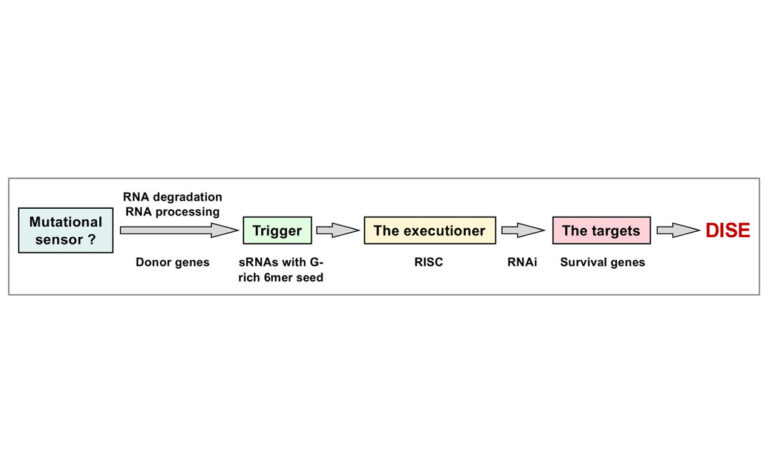“[…] our results from the RNA-Seq experiments show that senescent ocular surface cells, particularly SCj, have abnormal keratin expression patterns […]”
BUFFALO, NY- October 2, 2023 – A new priority research paper was published on the cover of Aging (listed by MEDLINE/PubMed as “Aging (Albany NY)” and “Aging-US” by Web of Science) Volume 15, Issue 18, entitled, “Gene expression signatures of human senescent corneal and conjunctival epithelial cells.”
In this new study, researchers Koji Kitazawa, Akifumi Matsumoto, Kohsaku Numa, Yasufumi Tomioka, Zhixin A. Zhang, Yohei Yamashita, Chie Sotozono, Pierre-Yves Desprez, and Judith Campisi from the Buck Institute for Research on Aging, Kyoto Prefectural University of Medicine and Lawrence Berkeley National Laboratory aimed to investigate the senescent phenotypes of human corneal and conjunctival epithelial cells.
“Here, we induced cellular senescence in human corneal and conjunctival epithelium using X-irradiation, and analyzed gene expression profiles of each cell type to determine the characteristics of senescent ocular surface cells.”
The team examined cell morphology, senescence-associated β-galactosidase (SA-β-gal) activity, cell proliferation, and expression of senescence markers (p16 and p21). RNA sequencing analysis was conducted to compare gene expression profiles between senescent and non-senescent cells. Finally, the potential involvement of senescent cells in the pathogenesis of ocular surface diseases was investigated.
X-irradiated corneal and conjunctival epithelial cells exhibited typical senescence phenotypes, i.e., flattened morphologies, increased SA-β-gal activity, decreased cell proliferation, and increased expression of senescence markers, p16 and p21. RNA-seq analysis revealed substantial differences in gene expression profiles between senescent corneal (SCo) and conjunctival epithelial cells (SCj). Moreover, SCj were detected in pathological conjunctival tissues associated with limbal stem cell deficiency (LSCD) due to Stevens-Johnson syndrome or chemical burns, potentially being involved in abnormal differentiation.
“This study highlights the cellular and molecular characteristics of senescent ocular surface cells, particularly in SCj that show abnormal keratin expression, and their potential roles in severe ocular surface diseases and pathology.”
Read the full study: DOI: https://doi.org/10.18632/aging.205113
Corresponding Author: Koji Kitazawa & Judith Campisi – kkitazaw@koto.kpu-m.ac.jp & jcampisi@buckinstitute.org
Keywords: cellular senescence, cornea, conjunctiva, Stevens-Johnson syndrome, limbal stem cell deficiency
Sign up for free Altmetric alerts about this article: https://aging.altmetric.com/details/email_updates?id=10.18632%2Faging.205113
About Aging: Launched in 2009, Aging (Aging-US) publishes papers of general interest and biological significance in all fields of aging research and age-related diseases, including cancer—and now, with a special focus on COVID-19 vulnerability as an age-dependent syndrome. Topics in Aging go beyond traditional gerontology, including, but not limited to, cellular and molecular biology, human age-related diseases, pathology in model organisms, signal transduction pathways (e.g., p53, sirtuins, and PI-3K/AKT/mTOR, among others), and approaches to modulating these signaling pathways.
Please visit our website at www.Aging-US.com and connect with us:
- SoundCloud
- X, formerly known as Twitter
- YouTube
- LabTube
Click here to subscribe to Aging publication updates.
For media inquiries, please contact media@impactjournals.com.

